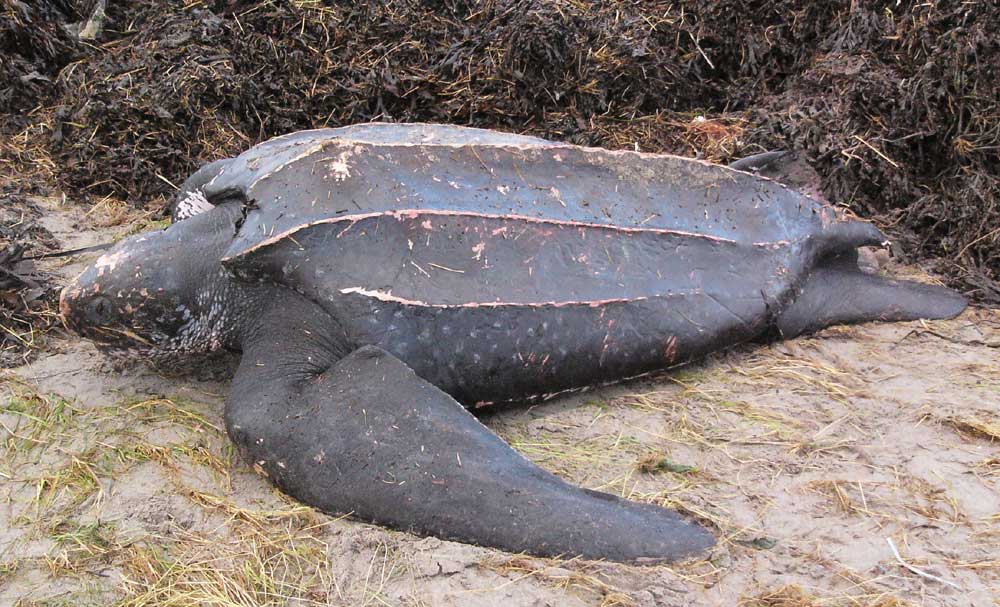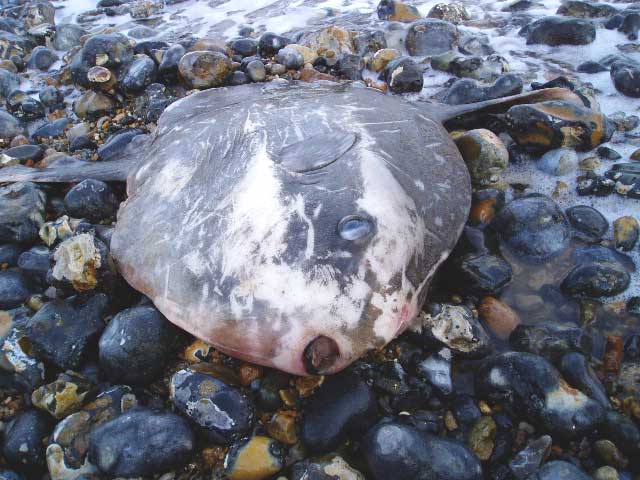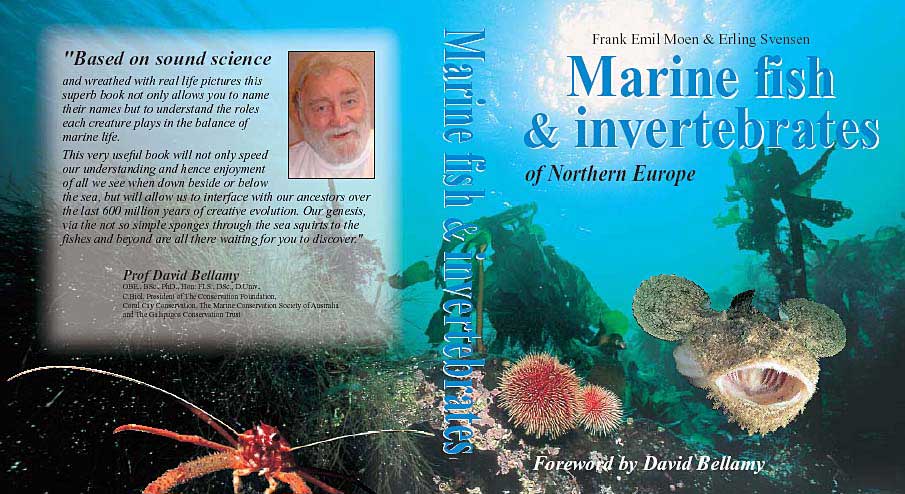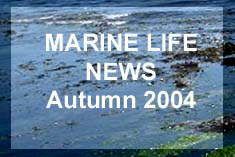
|
|
|
|
 |
|
Norwegian Marine*** |
|
L-I-N-K-S to Other Sites (Click on Text) |
|
Smart Group |
|
|
|
|
|
|

Monthly Marine News Bulletin |
|
Marine Nature Conservation Review Survey Database |
|
|
 |
|
|
|
|
|
|
|
|

WINTER
2005
January
to March
Reports
of marine wildlife from all around the British Isles, with pollution incidents
and conservation initiatives as they affect the fauna and flora of the
NE Atlantic Ocean.
For
more reports click on the seasonal buttons below:
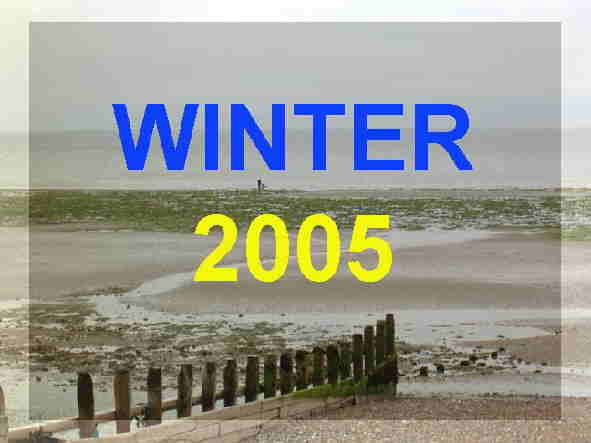 |
 |
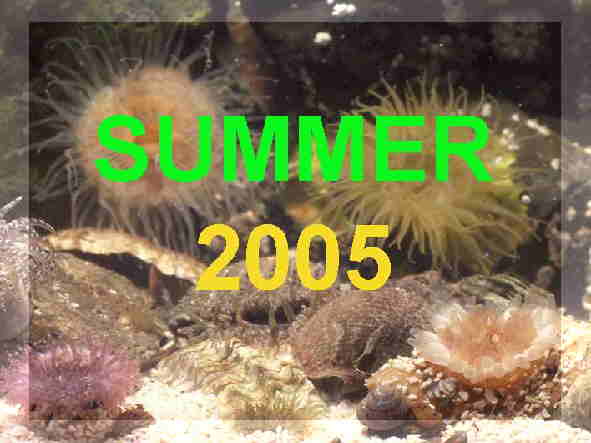 |
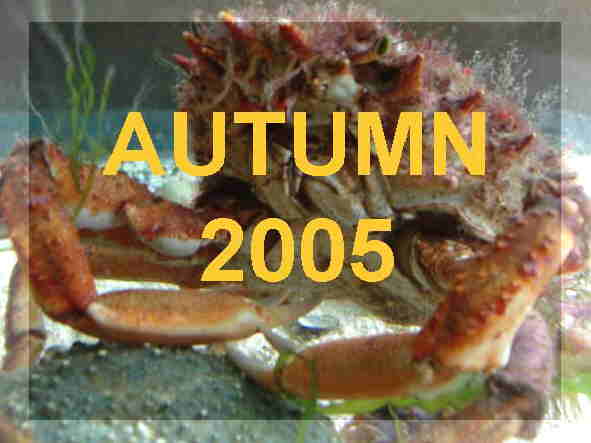 |
on Microsoft Internet Explorer (best) or Netscape
LATEST NEWS12 March 2005
Stan Breban, a scallop fisherman brought me a Knobbed Triton, Charonia lampas, which he caught in his scallop dredge somewhere in the Little Russel to the east of Guernsey in the Channel Islands.The whole animal weighed 541 grams (drained) and had a total shell length of 16.5 cm. It had a shell width of 10.5 cm and a shell height of 7.5 cm. This large gastropod mollusc is expected to find a home in Guernsey Public Aquarium at St. Peter Port.
Report and Photograph by Richard Lord (Guernsey)Previous Report from Sark
on the Marine Wildlife of the North-east Atlantic Ocean Group
BMLSS Molluscs6 March 2005
Fred Booth and Daphne Mills discovered a new species of crab for the shore for Kent on their visit to Sandwich Bay. Pennant's Nut Crab, Ebalia tuberosa, is a deeper water species rarely found in intertidal waters, and had probably turned up as a result of the offshore dredging that had taken place just prior to their visit. Two specimens were found.
Image by Daphne MillsReport from Sandwich Bay Wildlife News (Link with Images)NB: This crab is found off most coasts of Britain but this is the first intertidal report on the BMLSS records.
BMLSS Intertidal CrabsMarch 2005
As mass mortality, thousands of the Velvet Swimming Crab, Necora puber, were washed up, some still slightly alive, on the shores of Kent.The reason is a mystery and this was the only species featured in the wreck.
Full Report
DiscussionReport by Ian Humpheryes
6 March 2005
At least four Porpoises, Phocoena phocoena, were swimming off Formby Point, juts 15 miles north of Liverpool on the north-west coast of England. Conditions for viewing were excellent as they were all around Liverpool Bay. I have heard from various sources that porpoises have been seen recently from the Golden Mile at Blackpool. .Report by Ian Hadwin on UK Cetnet (Yahoo Group)NB: Porpoises are common around the British Isles including the Irish Sea. However, their undersea habitats in murky water mean that actual sightings are unusual near where people actually live.
BMLSS Cetacea (Whales & Dolphins)
Fishermen suspected of Killing Porpoises in the North Sea (Times Report)2 March 2005
NB: Thresher Sharks are more often reported in the summer months.
A 157 kg male Thresher Shark, Alopias vulpinus, was sold at Newlyn market, Cornwall, caught by 7.5 metre Falmouth netting vessel Peter John II. The shark was caught approximately three miles from shore in Falmouth Bay, Cornwall.
BMLSS Sharks24 February 2005
Richard Seager brought me a live Sea Lamprey, Petromyzon marinus, in the late afternoon at 5:00 pm. It had been attached to a Bass which was caught off the west coast of Guernsey in the Channel Islands. The lamprey is about 20 cm long.
There have been a handful of other reports from the Channel Islands where this parastic fish is rarely discovered.
Full ReportReport and Photographs by Richard Lord (Guernsey)BMLSS Sea Lamprey16 February 2005
A single Bottle-nosed Dolphin, Tursiops truncatus, followed the wash of the Sea Fisheries Protection vessel in the Looe Channel south of Selsey Bill in East Sussex. Dolphins are only occasional sightings off the Sussex coast.
Sussex Dolphins
Bottle-nosed Dolphin
Photograph © Sussex Sea Fisheries District CommitteeReport by Robert Clark (Sussex Sea Fisheries District Committee)BMLSS Cetacea (Whales & Dolphins)6 February 2005
I found a beautiful creature dead on Climping Beach (west of Littlehampton); it looked like a dolphin, but it did not have the long snout. The Harbour Porpoise, Phocoena phocoena, was a blue/light grey in colour. It was not damaged and looked as though it had only recently died. It was just under a metre in length. The condition of the Porpoise seemed perfect, not a mark on it, no damage at all. Just lying there, glistening on the beach, eyes open, mouth a tiny bit open.Report by Tricia PetersPostscript: The Natural History Museum Post-mortem discovered that the dead Porpoise was extremely ill. It died from nutritional deficiency and had secondary septicaemia as well as a heavy parasite load.Postscript by Gavin Black (Devon Biodiversity Records Centre)BMLSS Cetacea (Whales & Dolphins)
Marine Life off Sussex 2005
BMLSS Strandings Telephone Numbers
National Whale Stranding Recording Scheme4 February 2005
Irish Whale & Dolphin Group Report
A seven metre long whale was cut free after becoming tangled in a crab pot rope and buoy. It was first spotted in Penrhyn Bay off the north Wales coast. It swam free with the buoy still attached. RSPCA Animal Collection Officer, Mark Roberts, was taken out on the Llandudno lifeboat and under spotlights was able to approach the whale, possibly a Minke Whale? The whale was unable to dive but was swimming quite strongly. After the ropes was cut away, the whale dived and disappeared.
The origin of the ropes and buoy was from off County Donegal, north-west Ireland. The species of the large whale was not identified but it seems most likely from the poor quality photograph and other reports to be a Humpback Whale, Megaptera novaengliae.
BMLSS Cetacea (Whales & Dolphins)
British Marine Life Rescue News (February 2005)2 February 2005
BMLSS Turtles
A Loggerhead Turtle, Caretta caretta, is discovered on Carbis Bay, Cornwall, and because it seemed to be impeded by a parasitic growth, it was taken to the Blue Reef Aquarium in Newquay.Late January 2005
Skate Egg Capsules from the Orkney Isles
Photograph by Richard LandThese large egg cases were washed up on the shores of the Orkney Isles, north of mainland Scotland.
The large size of these egg cases means they are almost certainly the egg cases of the endangered Skate, Dipturus batis. Over a hundred egg cases were washed up.
Full ReportEgg Capsules of Rays & Sharks (Link to the Web Pages)
BMLSS Mermaid's Purses
Skate: Biological Action Plan
Egg Case Identity Sheets (Shark Trust)17 January 2005
A Thresher Shark, Alopias vulpinus, was seen just off the quay at Mevagissey, Cornwall. It was circling and feeding on a shoal of anchovies, flicking its tail about and small fish could be seen flying into the air. Unfortunately by the time the fishermen who observed this told Chris Gilbertson, of Mevagissey Aquarium, the shark had stopped feeding and moved away.Report from Doug Herdson (National Marine Aquarium, Plymouth)BMLSS Sharks
on the Marine Wildlife of the North-east Atlantic Ocean GroupA 14 metre (45 foot) long Sperm Whale, Physeter macrocephalus,washed up dead on a beach near Rosscarbery in West Cork, Ireland.
Report and Images by Calvin Jones
January 2005
This Leatherback Turtle, Dermochelys coriacea, measuring over two metres in length was washed up in Luce Bay near Port William, SW Scotland. It was alive when stranded, but it died shortly afterwards.13 January 2005
Hundreds of Sea Cucumbers were amongst the wreck of animal remains discovered on the Dinas Dinlle beach west of Llanwrog (south-west of Caernarfon), north-west Wales.
They were scattered all over the strandline and shore with other remains including the common Mermaid's Purses (egg cases of the Dogfish: a small shark) and the decaying carcass of a dead Seal. Sea cucumbers are an unusual animal washed up between the tides. They belong to the taxon (Class) Holothuroidea, are similar to starfishes and classified in the same Phylum Echinodermata.
Gulls scavenged for anything edible, but they showed no interest in these creatures.Report and Photographs by Paul JasperAnother Sea Cucumber report (in Diver magazine)
BMLSS Strandline
BMLSS EchinodermataThe sea cucumber looks like Thyone fusus can be found as far north as Norway grows up to 20 cm.
ID by Gary CrossComparative Image9 January 2005
A post storm check of Thurlestone (south Devon) beach for stranded cetaceans or oiled birds revealed my first ever UK sittings of by the Jack-by-the-Wind-Sailors, Velella velella, several hundred, some as just the chitinous float and sail. I have never noticed them before in Britain but I saw millions on beaches in SW Corsica last May. There was no sign of the predatory Violet Sea Snails, Janthina sp., often (rarely in the UK) associated with this creature or tropical seeds but three species of Cuttlefish were present in reasonable numbers.
Lots of Large (Turban) Topshell, Gibbula magus, and Necklace (Moon) Shells Polinices sp. were washed up on Slapton Sands, Devon.Report by Martin Catt on UK Conchology Smart GroupPrevious Reports
BMLSS Jellyfish
BMLSS Beachcombing6 January 2005
A walk along the Sandwich Bay seafront revealed the first 2005 record of the pretty bivalve mollusc Moerella donacina, (pic) a type of tellin which was only discovered to be present at Sandwich in 2004.
Sandwich Bay (non-avian) Nature 2005
BMLSS Molluscs2 January 2005
Full Report
A juvenile Bottle-nosed Dolphin, Tursiops truncatus, was discovered on a remote north Cornish beach at Gwithian, near Hayle. This is unusual as it is usually Common Dolphins, Delphinus delphis, that are washed up, often killed in fishing nets with a total of 220 recorded in 2004.
In this case it seemed to be heavily scarred with fresh "rake marks", wounds inflicted by the sharp teeth of one or more other dolphins, which may have attacked the individual. This behaviour has been seen in Bottle-nosed Dolphins off America.
It is not known why they occasionally attack one another but fatalities appear to be
confined to fights between males. If the post-mortem confirms that this was the case, it will be the first recorded incident of its kind in the UK.
Link to Photographs
Cornish Wildlife Trust News
BBC News: Dolphins attack Porpoises
BMLSS Cetacea1 January 2005
A Sunfish, Mola mola, was washed up on the beach at West Runton, near Sheringham, north Norfolk.
Although this fish is frequently seen off the south and western coasts of Britain during the summer and autumn, sightings and strandings in the North Sea are much less common.
Report and Photographs by Rupert SmithBMLSS SunfishDecember 2004 to January 2005
There are at least a dozen reports of at least 16 Triggerfish, Balistes capriscus, being found washed up dead on Cornish beaches, and these are probably only a fraction of the actual strandings.
Fish Strandings in Cornwall
There were also dead Triggerfish reports from the Channel Islands.
BMLSS Triggerfish
May 2004Marine fish & invertebrates
of Northern Europe
Frank Emil Moen & Erling SvensenIn May 2004 the English edition of the very popular Norwegian Marine Fauna (Dyreliv I havet) was published. Prof. David Bellamy has written the foreword.
Click on the image for more information.
Links for News Reports:
Helford (Cornwall) Marine Conservation Area
Friends of Moray Firth (NE Scotland) News Page
Cornish
Marine Wildlife News
Cornish
Marine Wildlife (Ray Dennis Records) 2004
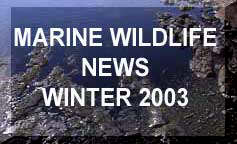 |
 |
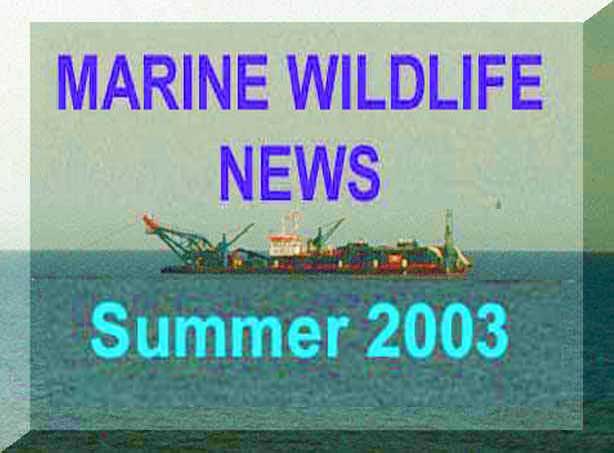 |
 |
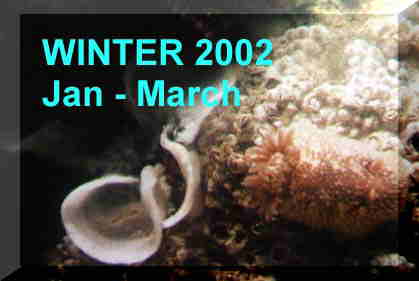 |
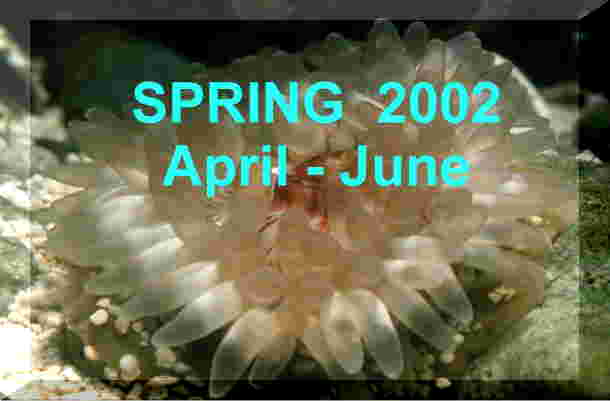 |
 |
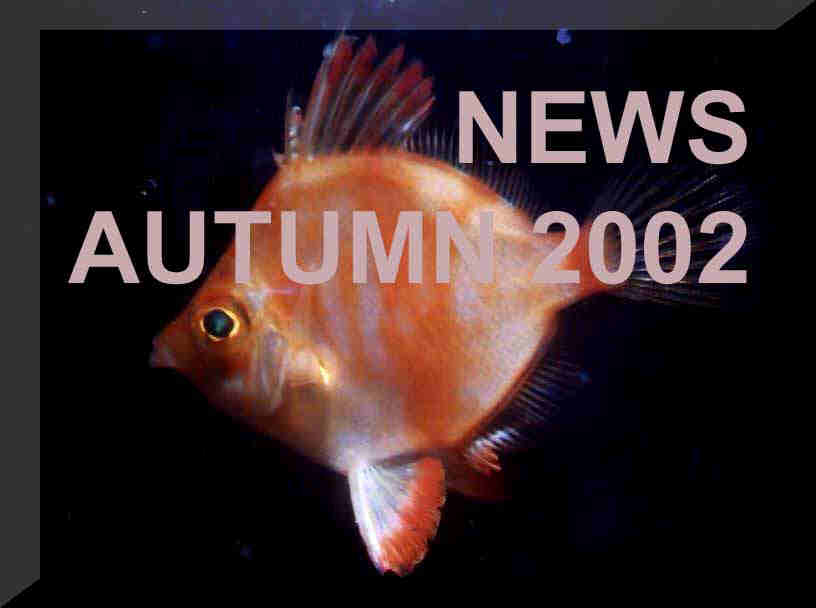 |
FOR EARLIER REPORTS CLICK ON THE BUTTON BELOW

The Marine Wildlife of the NE Atlantic Forum
PLEASE JOIN

MARINE WILDLIFE of the NE ATLANTIC EFORUM PAGE (LINK TO)
Nature Diaries [ Join Now | Ring Hub | Random | << Prev | Next >> ]
British
Marine Life Study Society
|
Use these links if your are familiar with the scientific classifications of marine life |
The BMLSS (England) site commenced on 1 January 1997
|
|
 |
 |
Andy Horton, Webmaster
|
|
|
|
|
|
Membership Form |
News 2003 News 2010 |





